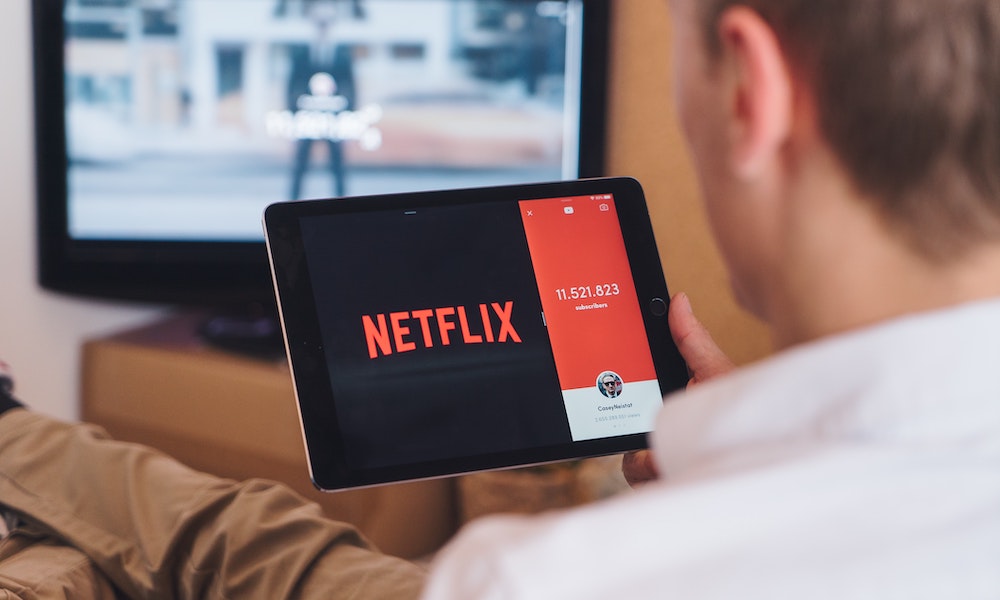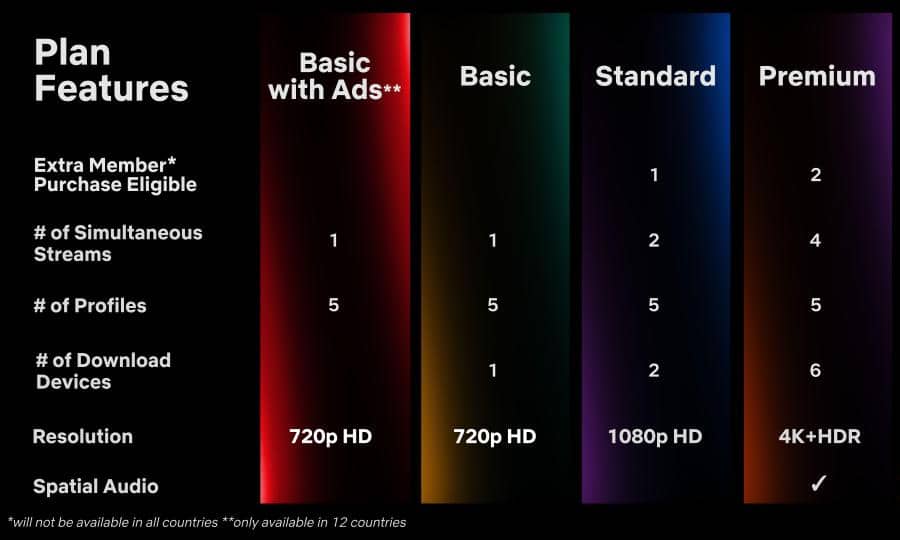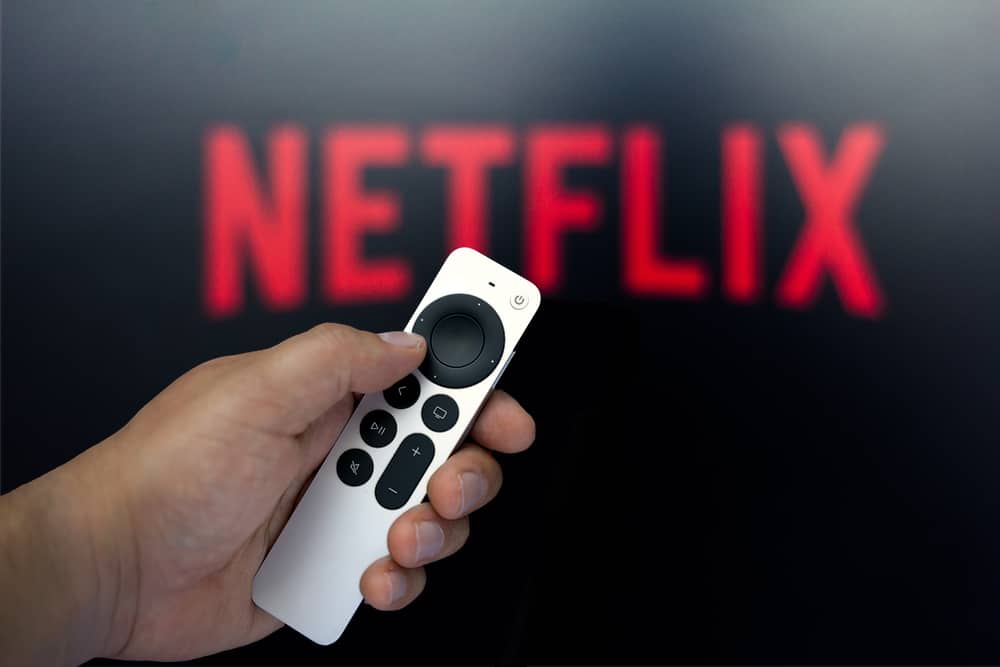Netflix Password Sharing Crack Down Begins | Here’s What You Need to Know
 Credit: Cardmapr / Unsplash
Credit: Cardmapr / Unsplash
Toggle Dark Mode
Last spring, Netflix told investors that it planned to tighten up its rules around folks sharing their accounts with friends and extended family members. It even began experimenting with that idea in a few select countries, and now it looks like it’s ready to start cracking down on a much broader scale.
The original test launched in Chile, Costa Rica, and Peru slightly before the announcement, but it also quickly became a confusing mess as customers in those countries were left with little information on how the policy worked, and inconsistent results as some subscribers bumped up against it while others seemed entirely unaffected.
Now, after several months of relative silence, Netflix is officially rolling out the new system much more widely. On Wednesday, subscribers in Canada, New Zealand, Portugal, and Spain began receiving e-mails from Netflix advising them of the new restrictions, and more countries are expected to see similar changes in the coming weeks.
It’s a stark change for a company that once tweeted that “Love is sharing a password,” but it’s also the new reality as Netflix continues to not only face challenges from competitors but also loses most of its streaming catalog as rivals like Disney and Paramount reserve their content for their own streaming services.
After all, with an estimated 100 million Netflix users sharing passwords with folks outside their households, that’s a lot of lost revenue for the streaming giant.
‘Extra Member’ Accounts
As with last year’s more limited trials, the new rules will require that anybody who wants to share a Netflix subscription from another household must be signed up for an “Extra Member” sub-account. These accounts will allow streaming from a Standard or Premium plan and get their own viewing profile.
Unfortunately, if you were hoping this would be a more affordable option, you may be disappointed. It seems that Netflix decided it wasn’t charging enough last year when it trialed this in Chile, Costa Rica, and Peru. In those countries, the extra member accounts cost the equivalent of around $3 in U.S. currency. Netflix hasn’t announced U.S. pricing just yet, but if the pricing in other countries is any indication, you can expect each extra member account to cost between $6 and $8; Netflix has announced pricing will be CAD 7.99/month in Canada, NZD 7.99 in New Zealand, €3.99 in Portugal, and €5.99 in Spain.
These Extra Member accounts will also still take up one of the “screens” on the primary subscriber’s account, which means that only the Standard and Premium accounts will be eligible to share with extra members, as the Basic tier only allows streaming to a single screen. There’s also a limit on the number of extra members you can add; Standard accounts can only add one, while Premium accounts will be able to add two.
As Netflix explains in its FAQ, these extra member accounts will need to be paid for by the account owner who invited them to join their primary Netflix plan. They also naturally have to be in the same country. You also won’t be able to add extra member accounts if you’re using a Netflix plan that’s included in your carrier or internet package or even if you pay for Netflix separately but have it billed through your carrier. In other words, you must be paying Netflix directly for your subscription to add extra member accounts.
It also remains Netflix’s official position that those outside of your household will need to sign up for a full Netflix account in countries where extra member accounts are not yet available. However, it’s unlikely Netflix will crack down too hard on sharing in those countries until it’s begun offering the extra member account options.
How Will Netflix Enforce This?
The trickier question is precisely how Netflix plans to enforce this. While the company is being understandably cagey about the specifics, it’s clear that one account is for one household — period.
To be fair, the company has maintained this position for years — it just hasn’t done much to enforce it. There’s also been a grey area in the past when it comes to things like college-aged kids living away from home. However, Netflix isn’t giving any quarter on this point, and over the past year, spokespeople have made it clear that “A Netflix account is for people who live together in a single household.” Those outside of that household don’t qualify, even if they happen to be immediate family members.
With that approach in mind, customers will now be required to set a primary location for their account, which would generally be their physical home. Netflix explains that it will help members set this up, along with adding a new “Manage Access and Devices” page to help account owners keep track of who has access to their account. It also notes that “Members can still easily watch Netflix on their personal devices or log into a new TV, like at a hotel or holiday rental.”
While that doesn’t go into much detail, a more in-depth FAQ briefly slipped out earlier this week on Netflix’s help pages. That’s since been pulled down, with the company saying it was posted in error, but it most likely slipped out a bit early. A Netflix spokesperson told The Streamable that the rules are in effect in Chile, Costa Rica, and Peru — and presumably now in the four other countries where extra member accounts are now available.
We use information such as IP addresses, device IDs, and account activity to determine whether a device signed into your account is connected to your primary location.Netflix
Here’s how it will work, according to the leaked FAQ:
- You’ll need to set your primary location using the Netflix app on your TV. Note that this isn’t required if you only use Netflix on a computer, tablet, or smartphone. If you don’t set a primary location, Netflix will choose one for you. In most cases, that should be accurate, but you can still go into the Netflix app and set it manually later.
- Account holders must “connect to the Wi-Fi at [their] primary location” using Netflix to watch something “at least once every 31 days.” This creates a “Trusted Device,” Netflix says, allowing customers to travel with their devices and stream as much and as often as they want — subject to the usual geographic restrictions on international viewing.
- If you’re away from home for more than 31 days, you’ll be able to request a temporary code to extend your viewing access for seven additional consecutive days. It’s unclear how often you’ll be able to do this before Netflix suspects something else is up,
Note that although Netflix uses the term “Wi-Fi,” this also applies to wired network connections. Netflix won’t be tracking your Wi-Fi network name (SSID) — the Netflix app isn’t even allowed to read this information on an iPhone or iPad — but simply using the IP address associated with your home network. Even if your ISP changes this address from time to time, it should remain within the same general geographic area, and that’s all Netflix really cares about. The company also makes it clear that it does not use GPS data in any way.
Note that it’s not yet clear when Netflix will be cracking down on password sharing in the U.S. and other countries, and it’s also possible the rules above may be tweaked before that happens. Nevertheless, the leaked rules provide a good indicator of what we should expect.









